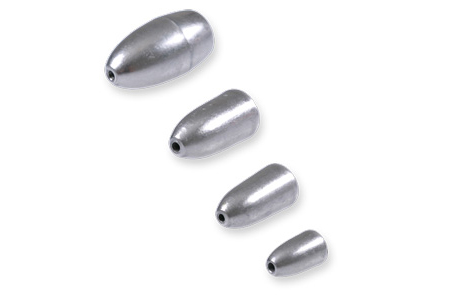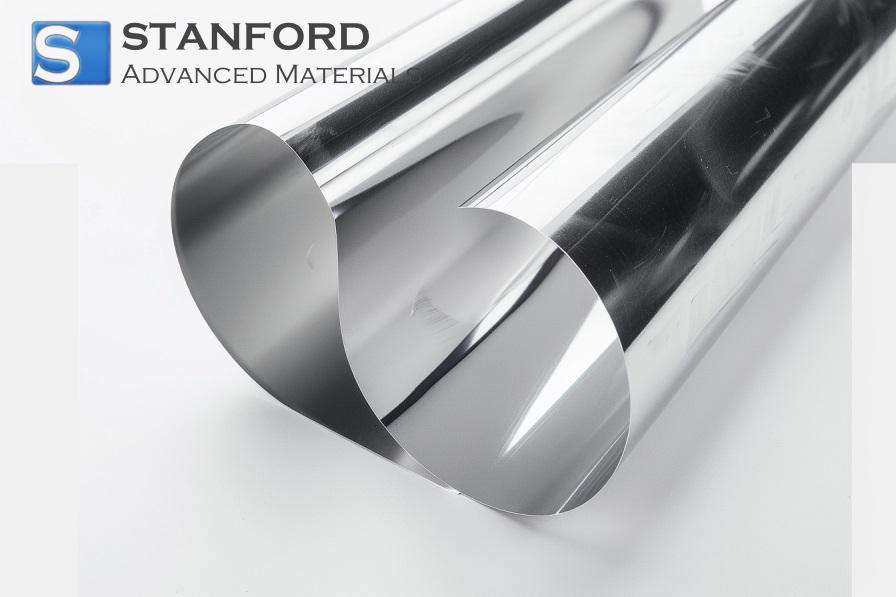Tungsten In Military Use
Tungsten Metal has the highest melting point of all metallic elements. Its density is high at 19.3 g/cm³, which is close to that of gold. Tungsten is hard and tungsten carbide has a hardness near that of diamond. Additionally, tungsten shows good electrical and thermal conductivity and a low coefficient of thermal expansion. These properties permit its use in alloys, electronics, chemistry and other fields. The following details its military applications.
(1) Tungsten products are non-toxic and environmentally friendly. Given that lead and depleted uranium pose environmental hazards, tungsten products have been used to replace earlier materials in the manufacture of munitions warheads, thereby reducing the environmental risks associated with military materials.

(2) Tungsten exhibits high hardness and can withstand elevated temperatures. Consequently, its military applications include tungsten-alloy bullets and fragmentation heads. Counterweights in rockets and aircraft, penetrator cores for armoured piercers, kinetic energy penetrators and armour-piercing shells are produced using tungsten. Bullet-resistant vehicle components, armoured tank parts, artillery components, rifles and missile accessories are also manufactured with tungsten.
(3) Tungsten is a rare metal with a high melting point. It can endure high temperatures without deformation and remains free from air erosion at room temperature. This characteristic supports its use in military contexts. It is used for producing high-speed steel, high-speed cutting tools and extremely hard moulds. In aerospace, rocketry and other areas that require high thermal strength for machine parts and engines, tungsten and alloys of molten metals (tantalum, niobium, molybdenum, rhenium) are employed as heat-resistant materials.
(4) The primary application of tungsten is in various high-velocity munitions, particularly in anti-armour roles. Tungsten is an essential element in the manufacture of armour-piercing munitions. A kinetic energy penetrator composed of a tungsten alloy can match the performance of one produced with depleted uranium, given that depleted uranium has become an environmental concern.
(5) Tungsten is also used to provide protective shielding for nuclear weapon components.
For further information, please refer to: Features of Advanced Tungsten Bullets
Conclusion
We appreciate your reading of this article. We hope it has improved your understanding of the military applications of tungsten. If you require further information regarding tungsten products, please visit Stanford Advanced Materials (SAM) for additional details.
Stanford Advanced Materials (SAM) is a global supplier of tungsten metal. The company has over two decades of experience in manufacturing and supplying tungsten products that meet the research and production requirements of its clients. We expect that SAM will meet your requirements as a tungsten supplier and business partner.

 Bars
Bars
 Beads & Spheres
Beads & Spheres
 Bolts & Nuts
Bolts & Nuts
 Crucibles
Crucibles
 Discs
Discs
 Fibers & Fabrics
Fibers & Fabrics
 Films
Films
 Flake
Flake
 Foams
Foams
 Foil
Foil
 Granules
Granules
 Honeycombs
Honeycombs
 Ink
Ink
 Laminate
Laminate
 Lumps
Lumps
 Meshes
Meshes
 Metallised Film
Metallised Film
 Plate
Plate
 Powders
Powders
 Rod
Rod
 Sheets
Sheets
 Single Crystals
Single Crystals
 Sputtering Target
Sputtering Target
 Tubes
Tubes
 Washer
Washer
 Wires
Wires
 Converters & Calculators
Converters & Calculators
 Write for Us
Write for Us



 Chin Trento
Chin Trento



